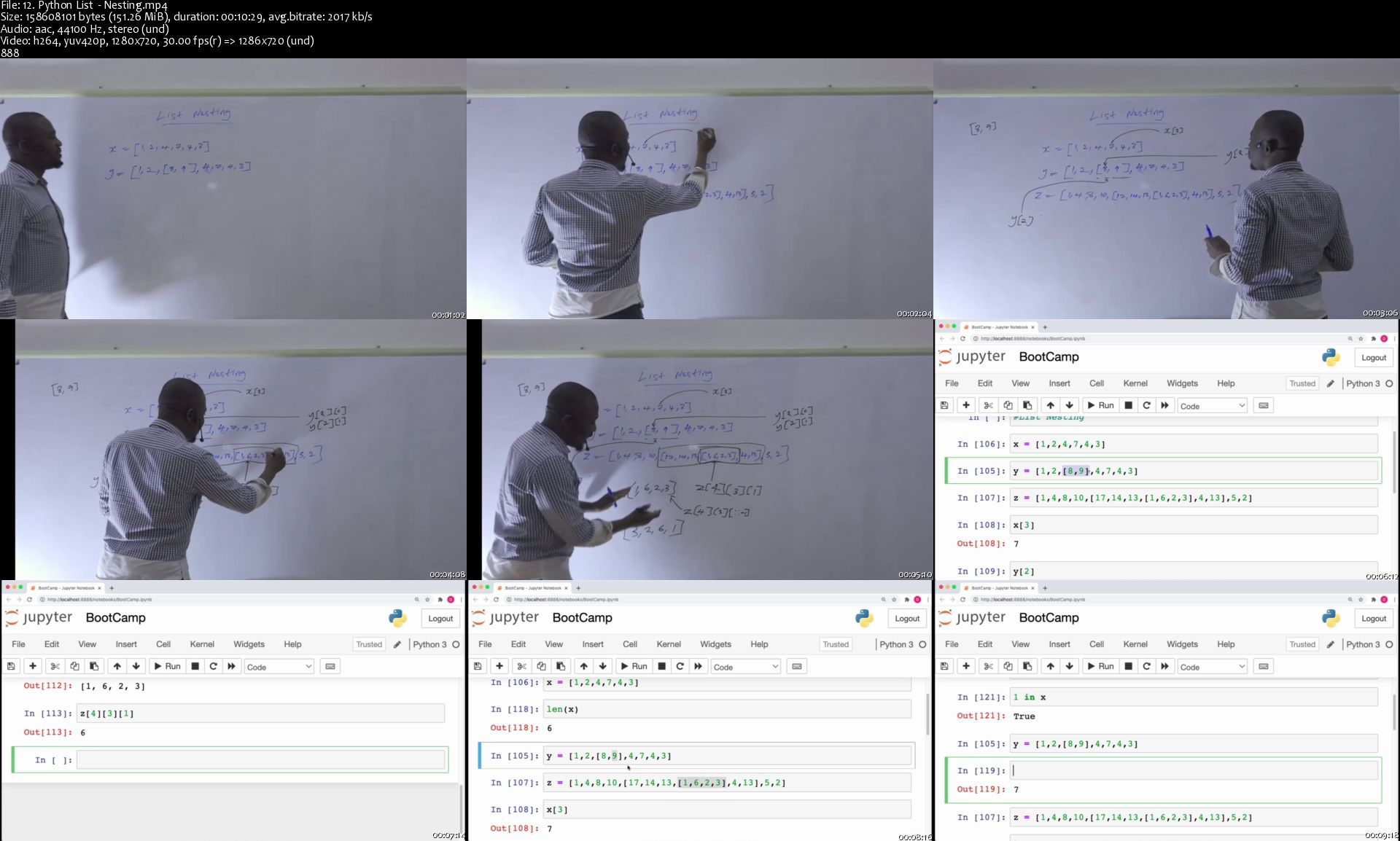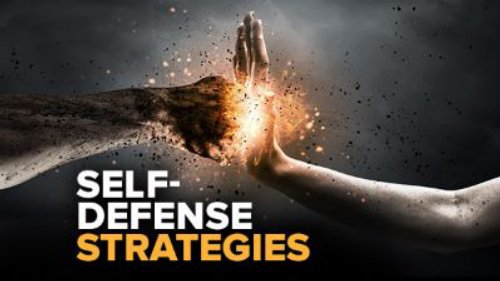[New] 2021 Comprehensive Python Programming Masterclass A-Z™

[New] 2021 Comprehensive Python Programming Masterclass A-Z™
MP4 | Video: h264, 1280x720 | Audio: AAC, 44100 Hz
Language: English | Size: 6.71 GB | Duration: 19h 27m
What you'll learn
Go from absolute beginner to become a confident Python Programmer
Be grounded in the fundamental of Python programming to help you go from zero to hero
Go deeper to understand complex topics in Python
Learn Python programming through several exercises and solutions with the source codes
Acquire the required Python knowledge you will need to go for Data Science, Machine learning, Ai and Deep learning
Learn to use Python Object-Oriented Programming (OOP) in your program
Learn to use Python GUI and create your own GUI projects
Learn to to create your own Python applications.
Learn Python from ardent Python programmer.
Requirements
No experience required - I will teach you from scratch
You only need a computer internet access
Description
Are you trying to learn Python programming but it seems you are afraid because you think it will be too difficult to understand? Or it may be you are moving from another programming language to Python and want to know it very fast. If yes, don't look further, this Python course is for you.
In this Python course, we will start from the bottom and build up. Anything topic that will hinder you from understanding the next concepts is first treated before the complex concepts. Everything is broken down into simple steps to ensure that you can easily master the Python language even if you have never coded before. After about 100 days of coding, you should be well-grounded in Python with this course as a beginner.
This course runs on the shoulders of challenges, solutions, and source code. Challenges are carefully crafted the illustrate most concepts. It is believed, the more we ask, the more we know. The very reason why most concepts are delivered in the form of challenges and solutions.
WHO IS THIS COURSE FOR?
√ This course is for you if you want to learn python for the first time or you want to advance your understanding of Python programming.
√ This course is for you if you are coming from other programming languages and want to learn Python fast and know it really well.
√ This course is for you if you are tired of Python courses that are too brief, too simple, or too complicated.
√ This course is for you if you want to build real-world applications using Python.
√ This course is for you if you have to get the prerequisite knowledge to understanding Data Science and Machine Learning using Python.
√ This course is for you if you want to master the in-and-out of Python.
√ This course is for you if you want to learn Python by doing exciting real-life challenges that will distinguish you from the crowd.
√ This course is for you if plan to pass a Python Interview soon.
Who this course is for:
All levels
Homepage


[New] 2021 Comprehensive Python Programming Masterclass A-Z™
MP4 | Video: h264, 1280x720 | Audio: AAC, 44100 Hz
Language: English | Size: 6.71 GB | Duration: 19h 27m
What you'll learn
Go from absolute beginner to become a confident Python Programmer
Be grounded in the fundamental of Python programming to help you go from zero to hero
Go deeper to understand complex topics in Python
Learn Python programming through several exercises and solutions with the source codes
Acquire the required Python knowledge you will need to go for Data Science, Machine learning, Ai and Deep learning
Learn to use Python Object-Oriented Programming (OOP) in your program
Learn to use Python GUI and create your own GUI projects
Learn to to create your own Python applications.
Learn Python from ardent Python programmer.
Requirements
No experience required - I will teach you from scratch
You only need a computer internet access
Description
Are you trying to learn Python programming but it seems you are afraid because you think it will be too difficult to understand? Or it may be you are moving from another programming language to Python and want to know it very fast. If yes, don't look further, this Python course is for you.
In this Python course, we will start from the bottom and build up. Anything topic that will hinder you from understanding the next concepts is first treated before the complex concepts. Everything is broken down into simple steps to ensure that you can easily master the Python language even if you have never coded before. After about 100 days of coding, you should be well-grounded in Python with this course as a beginner.
This course runs on the shoulders of challenges, solutions, and source code. Challenges are carefully crafted the illustrate most concepts. It is believed, the more we ask, the more we know. The very reason why most concepts are delivered in the form of challenges and solutions.
WHO IS THIS COURSE FOR?
√ This course is for you if you want to learn python for the first time or you want to advance your understanding of Python programming.
√ This course is for you if you are coming from other programming languages and want to learn Python fast and know it really well.
√ This course is for you if you are tired of Python courses that are too brief, too simple, or too complicated.
√ This course is for you if you want to build real-world applications using Python.
√ This course is for you if you have to get the prerequisite knowledge to understanding Data Science and Machine Learning using Python.
√ This course is for you if you want to master the in-and-out of Python.
√ This course is for you if you want to learn Python by doing exciting real-life challenges that will distinguish you from the crowd.
√ This course is for you if plan to pass a Python Interview soon.
Who this course is for:
All levels
Homepage







































